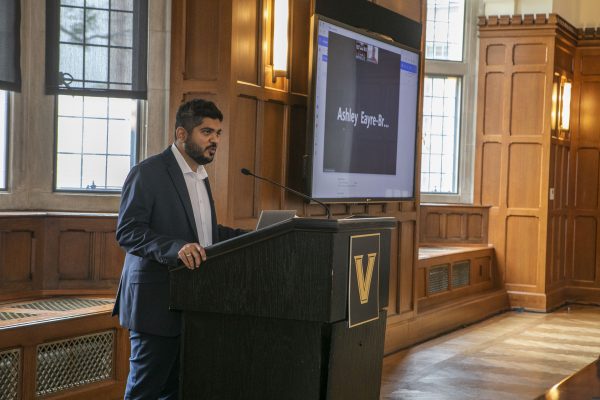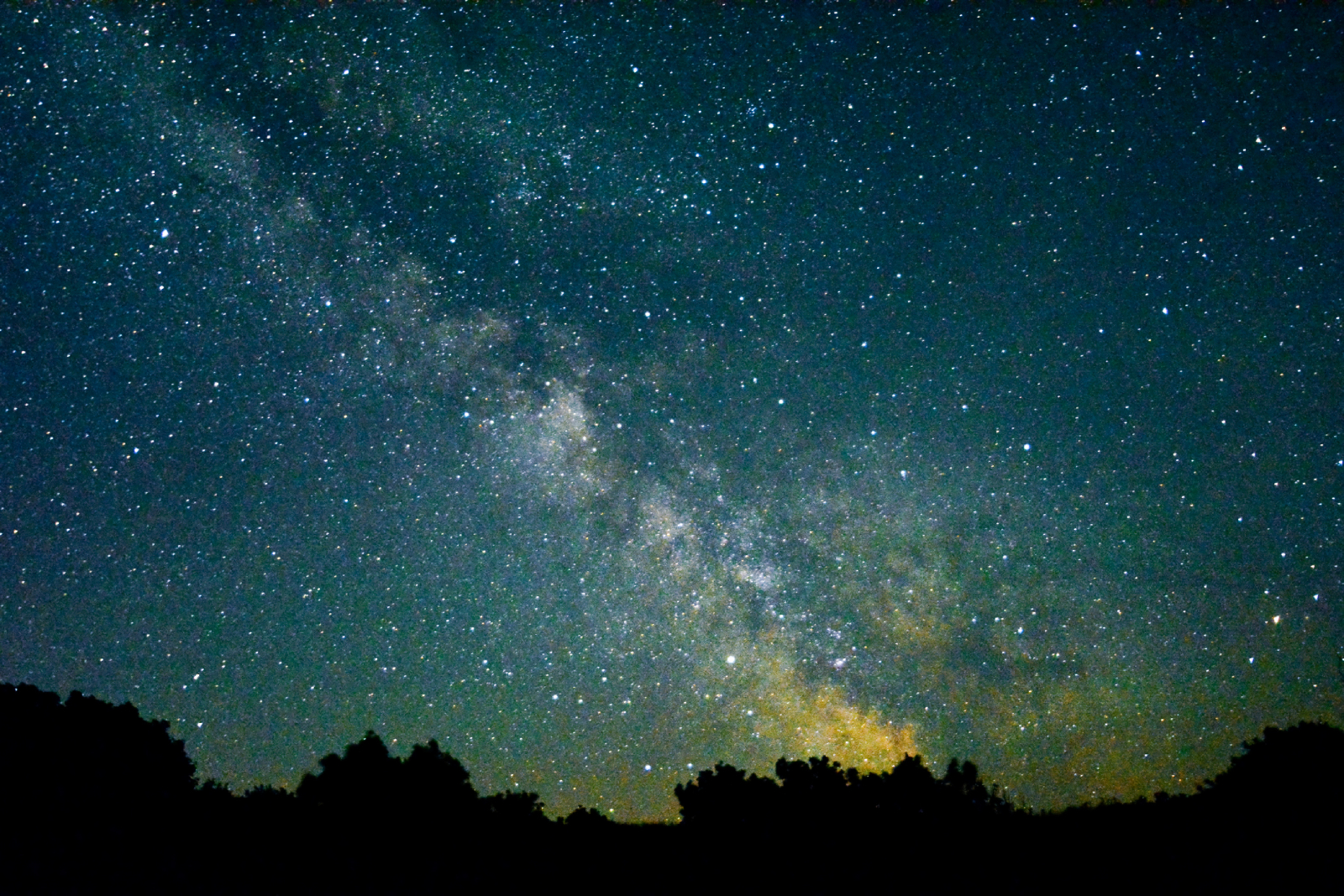Vanderbilt astrophysicist Karan Jani, director of the Lunar Labs Initiative, chaired a three-day meeting in October focused on the future of multi-messenger astrophysics in the era of NASA Artemis and commercial space exploration. Organizers said that the 2023 Lunar Gravitational Wave Workshop was the first international meeting of astronomers, physicists, geoscientists and space industry executives with ties to lunar research and exploration.

Along with Jani, the scientific organization committee included Lunar Labs Initiative core faculty Robert Reed and Kelly Holley-Bockelmann and faculty members from UC Berkeley, Université Paris Cité and Istituto Nazionale di Fisica Nucleare. Attendees included 2017 Nobel Laureate Kip Thorne, NASA Deputy Associate Administrator for Exploration Joel Kearns and other high-profile scientists from NASA, the Indian Space Research Organization, University of Paris, MIT, UC Berkeley, Columbia University and Cornell University. Executives from Intuitive Machines, Blue Origin, Thales Alenia Space were in attendance, as well as representatives of Vanderbilt-initiated startup Zeno Power. Undergraduate and graduate students from astrophysics, School of Engineering and the Fisk-Vanderbilt Bridge Program participated in the workshop.
In opening remarks, Thorne described the importance that workshops like this have played in the foundations for gravitational wave astronomy over the past 50 years.
“It was a workshop at which essentially all of the physicists and astronomers working in the field—theorists and experimenters—came together and brainstormed to develop a vision for the future of our field, a vision for the future, both in terms of [gravitational wave] detectors and in terms of sources,” Thorne said of a 1978 workshop. “We came out of the workshop … with an understanding that the strongest sources were likely to be compact binaries … as they did turn out to be. And in that workshop we went in with hardly anybody having a thought much at all about gravity wave detectors in space.”
The Lunar Labs Initiative’s goal is to develop a gravitational-wave observatory on the surface of the moon. Organizers call it the first-of-its-kind interdisciplinary initiative in the nation, joining stakeholders from physics, astronomy, engineering and the space industry. Vanderbilt is the premier institution for multi-messenger astrophysics and is home to the world’s largest university-based research center on radiation effects in space. The Lunar Labs Initiative is funded by a Sesquicentennial Grant, administered by the Office of the Chancellor.
“Vanderbilt is proud to be the home of the Lunar Labs Initiative’s important and groundbreaking work,” Chancellor Daniel Diermeier said. “Under Professor Jani’s guidance, the initiative has brought together many of the world’s leading experts to explore how lunar exploration can advance multi-messenger astrophysics as it revises our understanding of the universe. The project is a true moonshot, and I commend Professor Jani for his audacious vision and bold leadership.”
2023 Lunar Gravitational Wave Workshop participants engaged in discussion about the possibilities for future space exploration. (Anne Rayner)
The Vanderbilt-hosted workshop programming included an overview of multi-messenger astrophysics and lunar exploration programs, the unique science case for lunar gravitational waves and building an inclusive lunar astrophysics program, among other topics. As a result, LLI and workshop participants are preparing a white paper detailing the vision map for the Laser Interferometer Lunar Antenna project—a revolutionary space-time observatory on the moon. LILA is the flagship project of LLI, and Jani is the project’s primary investigator.
The white paper will address the key technologies and mission development. It will detail LILA’s science targets: to observe the inaccessible, invisible universe and its fundamental laws through the moon’s location, to measure the lunar 3D structure, environment and its link to earth, and to build an inclusive academic program to train students for the era of lunar exploration.
“Gravitational wave science has opened a whole new era of astrophysics, and NASA’s return to the moon is the beginning of a whole new era in space exploration,” said Jani, also Cornelius Vanderbilt Dean’s Faculty Fellow. “The Lunar Labs Initiative sits at the epicenter of breakthrough research from the moon.”
In addition to their roles within LLI, Reed is the primary investigator within the Vanderbilt Institute for Space Defense & Electronics core in the School of Engineering, and Holley-Bockelmann is the director of the Establishing Multimessenger astronomy Inclusive Training program in the College of Arts and Science.
“The workshop brought together some of the brightest minds from several universities, federal agencies and private sector partners to chart a path forward for lunar observatories that synergize those on the ground and in space,” said Vice Provost for Research and Innovation Padma Raghavan. “The Lunar Labs Initiative is a bold effort to advance space science through multi-messenger astrophysics on the moon to gain insights into the big questions, such as the nature of dark matter.”











